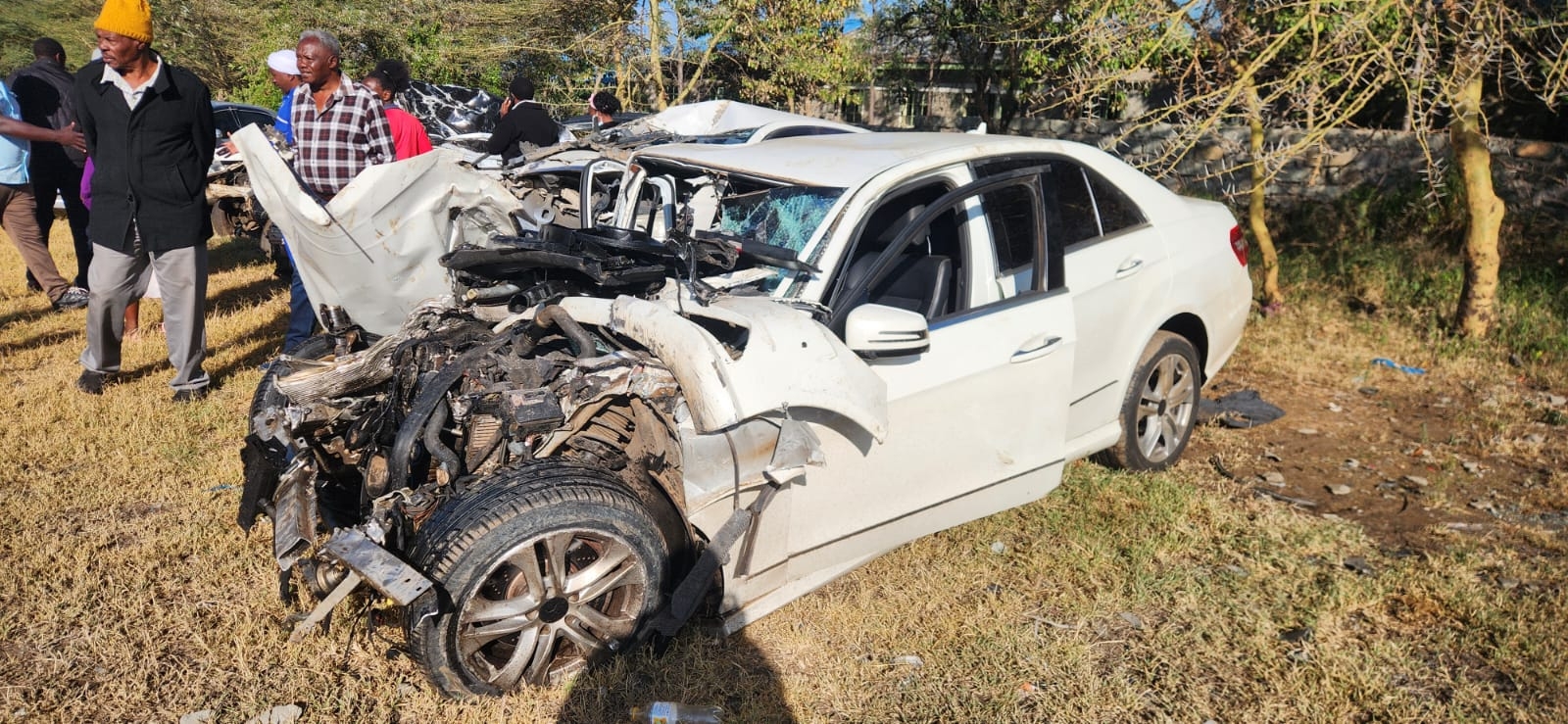

The National Environment Management Authority has called for strict adherence to guidelines when disposing of asbestos to protect public health and the environment.
Nema says there is a need to undertake a risk assessment prior to the disturbance, repair or removal of asbestos-containing materials to determine which action is to be taken.
“The purpose is to identify the location and gauge the condition of the material prior to the work, as well as any other potential hazards that might affect the workers," said Nema deputy director Titus Simiyu said.
He said the authority is working closely with public health officials across the country to ensure safety in the planned removal of asbestos.
In the guidelines developed by Nema, the depth of the disposal pit shall be as deep as practically possible to accommodate more asbestos waste but at least one metre above the water table.
The guidelines say the generator of asbestos should ensure a disposal site is identified and an environmental impact assessment is done before starting work.
The findings of the risk assessment must be included in the EIA report submitted to Nema.
A hydrogeological report must be done to inform on the best siting of the disposal site and be included in the EIA report.
The EIA should be carried out by experts who are registered by Nema.
According to guidelines, the EIA report should be submitted to Nema for processing.
Nema first developed national guidelines on safe management and disposal of asbestos in 2011 before they were revised in 2013.
The guidelines were produced through consultative and collective efforts of Nema and lead agencies such as the Ministry of Health, the Directorate of Occupational Safety and Health Services and the then City Council of Nairobi.
Asbestos is a group of six fibrous minerals that occur naturally in metamorphic deposits located around the world.
Of the hydrous magnesium silicate variety, the six types include tremolite, actinolite, anthophyllite, chrysotile, amosite and crocidolite.
Asbestos fibres are incredibly strong and have properties that make them resistant to heat.
Many products are in use today that contain asbestos.
Most of these materials are used in buildings as roofing, soundproofing, ceilings and tiles; as insulation materials in boilers, steam pipes, water heaters, brake linings, clutch plates and bonnet linings; and in protective gear as fire-resistant blankets, jackets and gloves.
Fibres embedded in lung tissue over time may cause serious lung diseases, including asbestosis, lung cancer or mesothelioma.
Smoking increases the risk of developing illness from asbestos exposure. Disease symptoms may take several years to develop following exposure.
Simiyu said Nema has since written to a number of government institutions, like Health CS, Education CS and public administration.
Hospitals, schools and government houses still have asbestos as their roofings.
Asbestos has been linked to diseases including asbestosis and cancer.
Simiyu said before removal, a cabinet memo had to be drafted so that the initiative gets backing from the state.
Following the endorsement by the Cabinet, county directors of environment have since mapped out all the private and public institutions with asbestos and the amount.
“The second thing that we are doing is to advise. You know, we are not targeting anybody and we e are not arresting anybody.”
Simiyu said the authority is closely working with the public health officers since the matter is a health issue.
Other partners Nema is mobilising include county governments.
Simiyu said Nema expects that the burial sites for removed asbestos will need areas to be disposed of.
He said an environmental impact assessment will also have to be conducted.
“But you know, the burial sites are very expensive. We are now encouraging county governments to set aside land within their jurisdiction where we can now encourage both the private and public sectors to take.”
Simiyu said the limited sites that Nema has approved are expensive.
He said sites set aside by counties will be assessed by Nema.
Simiyu said the removal at this stage is voluntary, as Nema has not started arresting anyone.
“We are getting to a level where after we have created the awareness, we start now giving orders with the timelines.”
He said a number of institutions have since started removing them.
Simiyu said gazetted environmental experts are being utilised to sensitise the public.
In March this year, the cabinet approved the nationwide removal of asbestos from all public and private facilities to mitigate health risks associated with exposure to it.
It said the move will help enhance public health and safety.



















